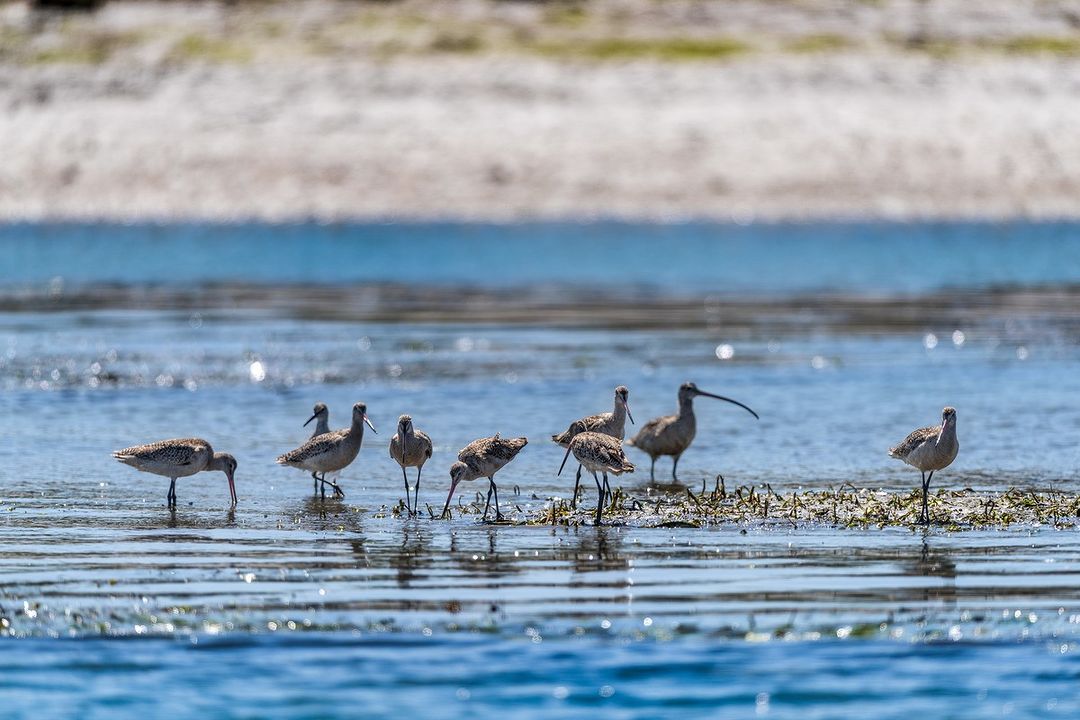The Winged Gems of the American Coastline: An Unexpected Flight into the World of Coastal Birds
The fresh, salty breeze wafts through your hair as the sound of the crashing waves fills your ears. The sun warms your skin, and perhaps, you have a pair of binoculars. Yes, you’ve guessed it right; we’re heading on a fascinating journey along the diverse and beautiful coastlines of the United States. Our mission? To unravel the mysteries and marvels of our winged neighbors – the coastal birds.
Let’s first venture to the pebbled shores of Maine, where the Piping Plover, a true coastal gem, makes its nest. Their diet is attractive – primarily invertebrates, marine worms, and small crustaceans. Nature is an exquisite chef, orchestrating a delightful mix of protein, fats, and carbs for these birds. Just as humans need a balanced diet for good health, these birds’ balanced nutrition helps them endure harsh weather conditions and fly miles without tiring. These little beauties are a perfect embodiment of resilience.
Now, let’s whisk ourselves away to the golden sands of Florida. Here, we’ll encounter the statuesque Great Blue Heron. Their unique hunting style involves standing still and patiently waiting for their prey to swim by before striking with lightning speed. Much like the practice of intermittent fasting that many humans follow, these birds also feast after periods of fasting. This method is not just a hunting tactic but also a metabolic adaptation to maximize energy utilization and maintain their strength for survival.
The Pacific coastlines are home to the striking Brandt’s Cormorant. Notice the sleek black plumage, the dazzling blue eyes, and the throat pouch that swells during breeding season – an awe-inspiring sight! Much like humans needing insulin for proper glucose metabolism, Cormorants depend on the fish they eat for essential fats and proteins, which fuel their active lifestyle and help them fly great distances.
Flying further west, we land on the rocky cliffs of Alaska, home to the Tufted Puffin. This bird’s vibrant beak and stylish ‘tuft’ make it an unmistakable sight. Now, imagine this, puffins’ diet revolves around small fish, and sometimes, they carry a dozen or more in their beak at once! It’s like balancing a week’s worth of groceries in our arms on a single trip from the car – quite the balancing act.
Each bird species we’ve met has a unique adaptation that allows it to survive and thrive in its environment. The study of these winged wonders reveals fascinating parallels with human nutrition and metabolism, despite the seemingly vast chasm between our species. How these birds have adapted their feeding habits and diet to suit their environment and lifestyle requirements is no different from how our bodies adjust to different dietary patterns and physical activities.
As the sun dips below the horizon and the sky blushes with shades of pink and orange, we bid farewell to our avian companions. A day in their life has provided us with not just entertainment and awe but a remarkable insight into the intricacies of survival, adaptation, and, more subtly, nutrition and metabolism.
So, next time you’re by the coast, watching the birds soar above the surf or listening to their songs intertwined with the rhythm of the waves, remember that these aren’t just flights of fancy. They’re snapshots of a world where diet, environment, and metabolic necessities intertwine, just as they do in our lives.


